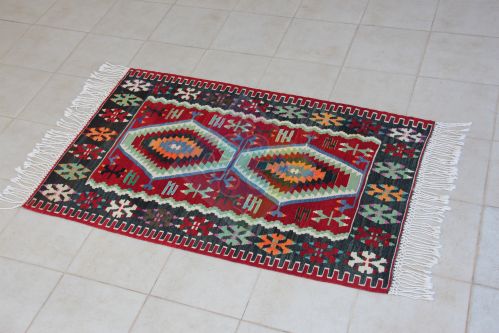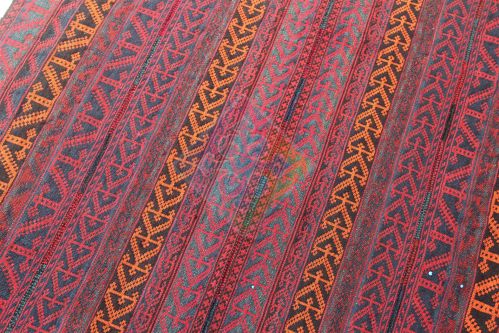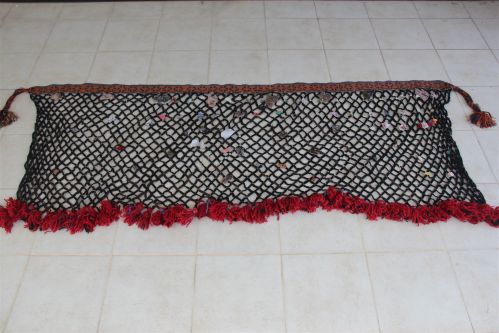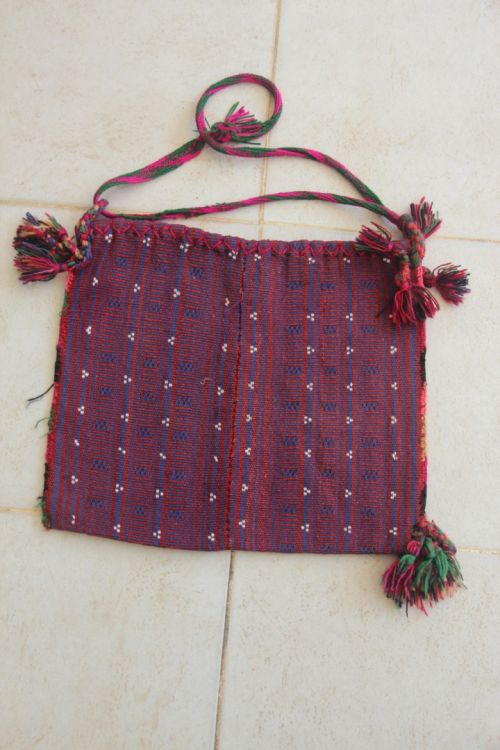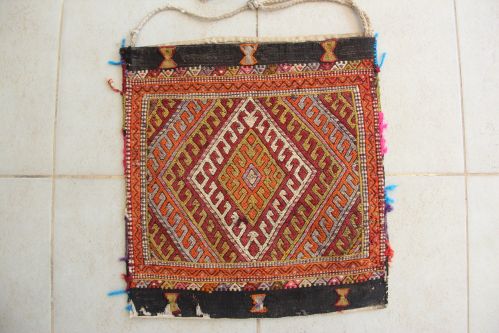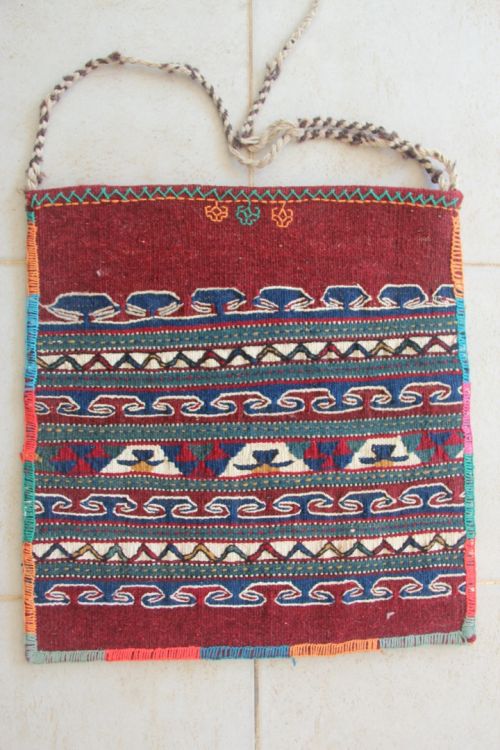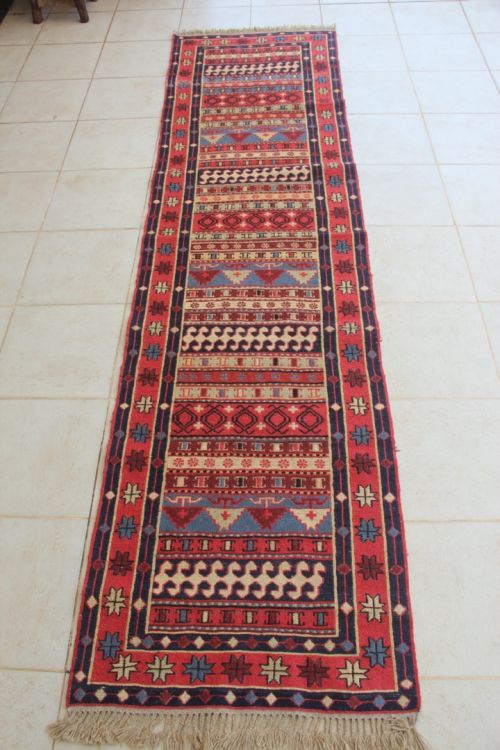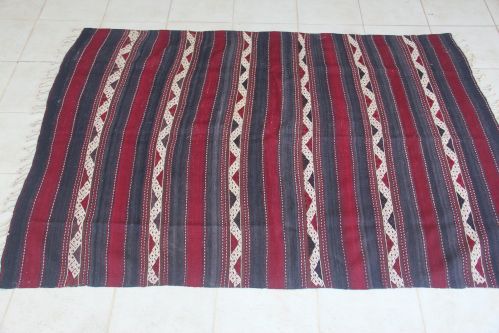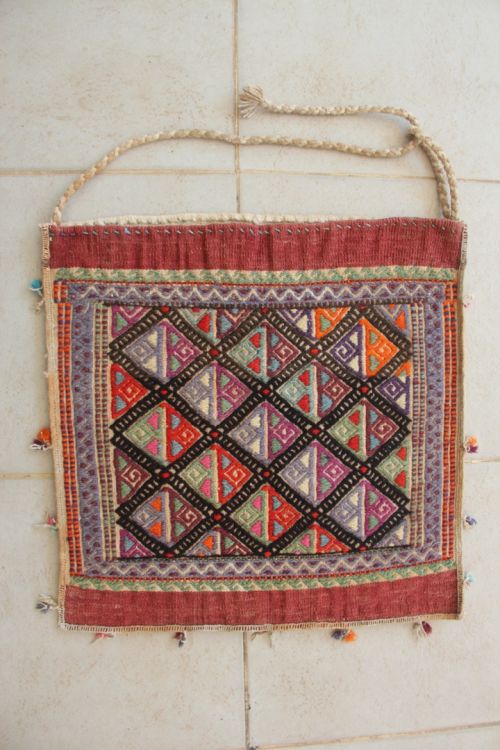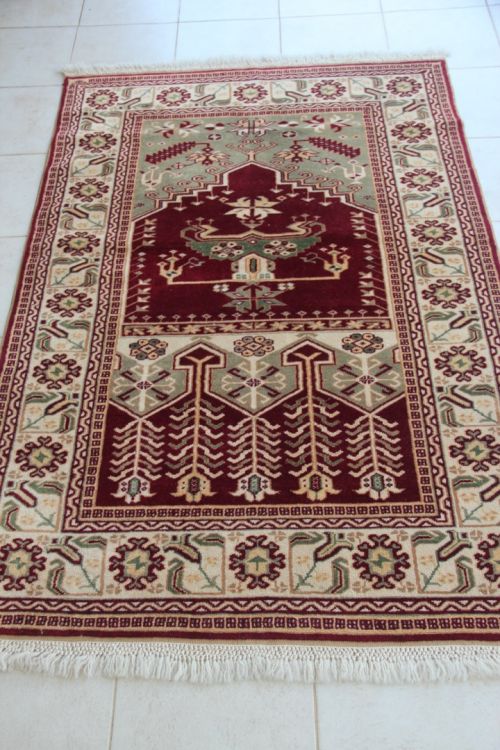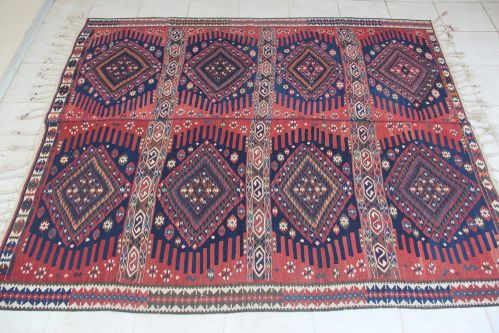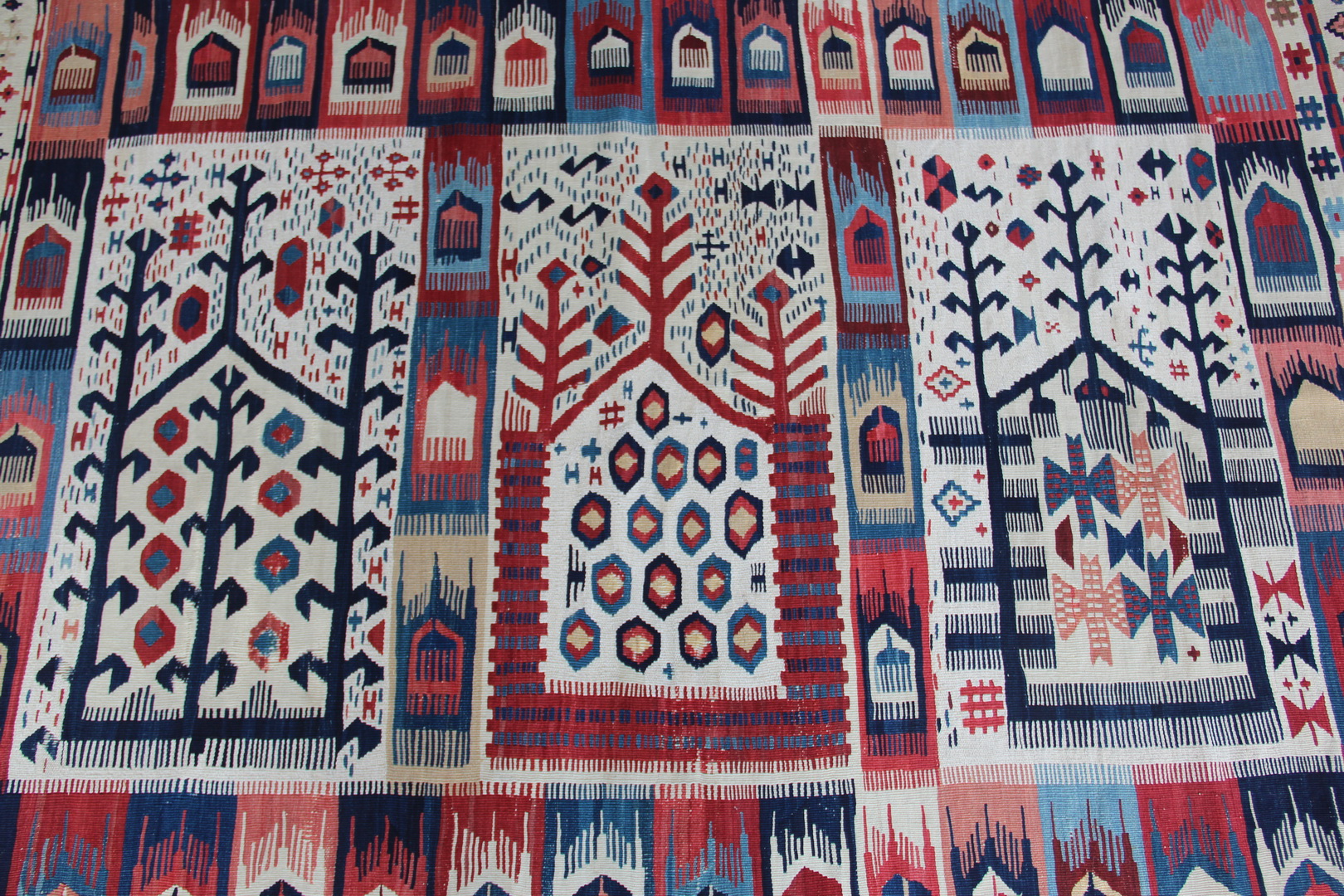
The earth is 4.5 billion years old, and over this huge expanse of time, Anatolia has played an important role in the formatiom of the cultural mosaic of the globe. It is well known that Anatolia provided rich environment in which early human settlements , such as Beldibi – Karain in Antalya and Göbeklitepe in Şanlıurfa , were formed. This Anatolian cultural heritage, which goes back to 12 000 BC, occupies a special place in the global mosaic.
Mankind’s relationship with weawing began in the Neolithic period , during which a sedentary life was first adopted. Weawing weights, botkins and spindles found in the excation of a 6000 B.C. site show that weawing has been an integral part of human life for many centuries.
Although the history of weawing.
Carpets and Kilims are like on embruidery of the Anatolien People’s emotion . Kilim is a Turkish word. Rugs made of quality wool dyed with natural dyes are very valuable. Kilims chosen with care are always good investments. Kilim is one of Anatolia's most important industries.
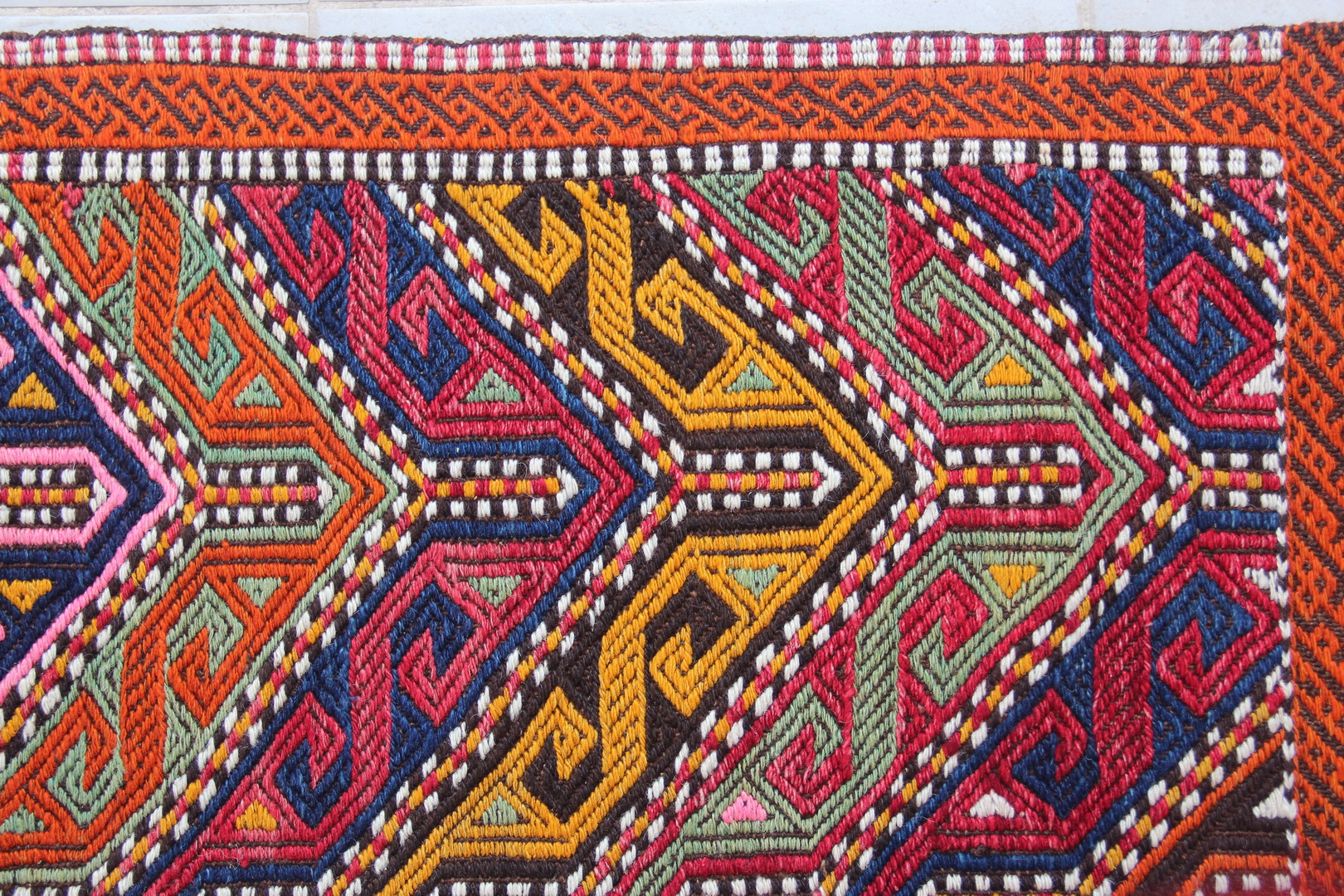
In every weawing, every colour, in every design, there is a desire to express the spiritual mood, the realm of the heart and emotions.
The Kilim , mirror of the heart, voice of the soul, every motif is a testimony of an emotion. In general, our Kilims: hands on hips, ram’s horn,fertility, human, hair band, earrings, fetter, chest, love and unison, star, running water, burdock, hand, finger, comb, amulet, evil eye, cross, hook, eye, serpent, dragon, scissors bag, scorpion, wolf’s mouth, wolf’s track, monster’s feet, tree of life, family signs and bird motifs are used. The Kilim is an invitation for the love of a beloved for some, colours are a grievance for some a yearning.
Time have a changed, needs have a changed, the function of Kilim have changed, yet their luster, enticement, emotions and beliefs still reflect worlds of culture.
The first Kilim are thought to have been used in nomad tents, from the simple World of the nomads, rugs journeyed into the homes of the town and city dwellers finally to reach the magnificent and luxurious settings of places.
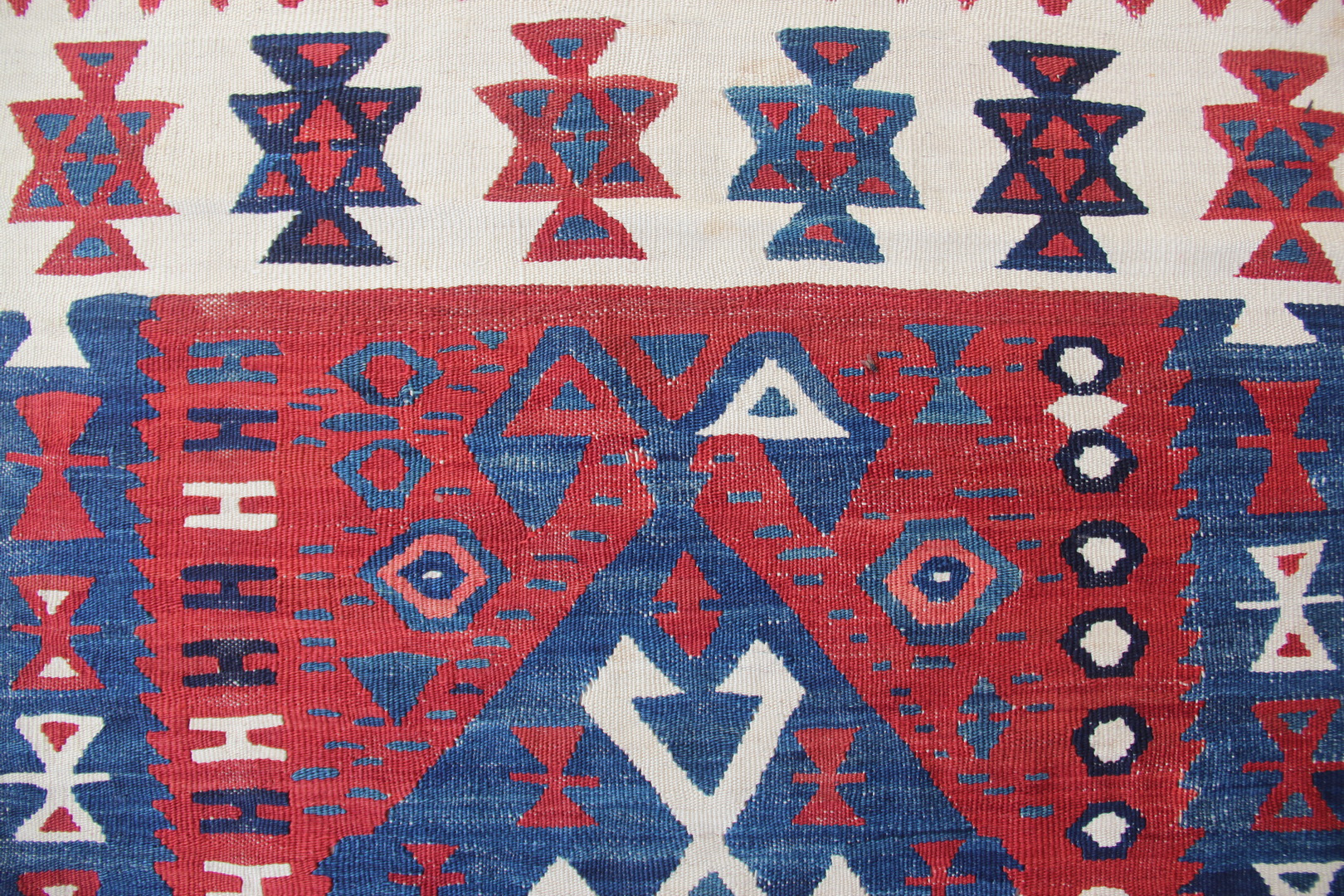
The most vital item of the nomad’s life was spread on the ground decorate his sureroundings, it sarved as his bed as his blanked. Moving into the cities, it became a decoration them: Aspreod fort he sofa, a runner, a wall ornament , covering of a bed or a table, a cushion the main element of a young girl’s dowry, the small mosgue where are a Muslim performs his prayer.
The man who likes rugs , Kilims and textiles also likes human beings because in every loop thereis a love knot.
For more than 40 years I have been looking for the most beautiful Kilims and creating my own Contemporary bags.
I love my job and old Kilims.
Emin DERE

AMOURTACHE
 Türkçe
Türkçe English
English Русский
Русский Français
Français
